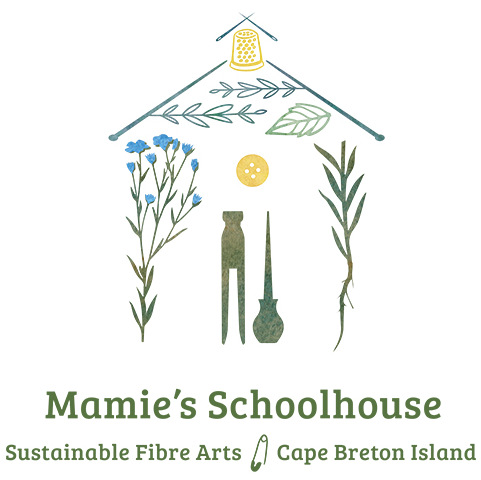Natural Pigments, Inks, And Paints - Some User-Friendly Instructional Resources
I am often asked for advice on applying natural dye knowledge to the realm of visual art. The following written and/or video instructions are well-researched, historically accurate,, but also very accessible/user-friendly. I hope this is helpful.
Earth pigments
are everywhere, once you start looking
DEFINITIONS:
Pigment: water insoluble colouring material usually made from inorganic material, such as minerals
Lake Pigment: pigment made from an organic source, such as plants or insects
Ink: a coloured fluid used for writing, printing, drawing
Paint: a coloured liquid that dries to a thin solid layer on a substrate
Pastel: a crayon made with a powdered pigment and a resin or gum (sometimes a substrate, such as chalk, is also added)
Watercolour paints made from lake pigments.
Making a lake pigment from a natural dye.
Colour fastness of your pigments, inks, and paints is primarily determined by the fastness of the original colourant source.
So, if you use something with poor fastness, such as cabbage, berries, beans, or many flowers, your resulting pigments, inks, paints likewise will have poor fastness.
INSTRUCTIONS/TUTORIALS (D - document; V - video)
Lake Pigments
April Parks, Society for Creative Anachronism, To Make Many Pigments (D)
Earth Pigments
British Museum, Some Historic Pigment Sources (V)
The Novium Museum, Creating Earth Pigments (V)
Woodlands TV, Ancient Art: Making Earth Pigments (V)
Natural Inks
British Museum, Making Medieval Manuscript Oak Gall Ink (V)
Getty Museum, Making Manuscripts (V)
Yale University, Medieval to Early Modern Manuscripts: some ink and pigment recipes (D)
Yale University, Medieval Manuscripts: ink and pigment sampler (D)
Cultural Heritage Agency of the Netherlands (RCE), the Iron Gall Ink Web Site (D)*
Natural Paints
V&A Museum, Renaissance Watercolour Materials & Techniques (V)
University of Delaware, Reconstructing Historic Methods of Making Oil Paint (V)
* With thanks to Iris Sullivan Daire, of Dreambird Studio, for pointing me in the direction of this particular resource.
Testing watercolour paint formulations.
Indigo inks and paints.
ADDITIONAL RESOURCES:
KolDesign, History of Known Pigments & Their Chemical Makeup, 77 AD to Present
The Forbes Pigment Collection, Harvard University
Cheers, Mel Sweetnam
Mamie’s Schoolhouse, Unama’ki (Cape Breton Island), Nova Scotia, Canada
Difference between natural dyes and natural pigments.






